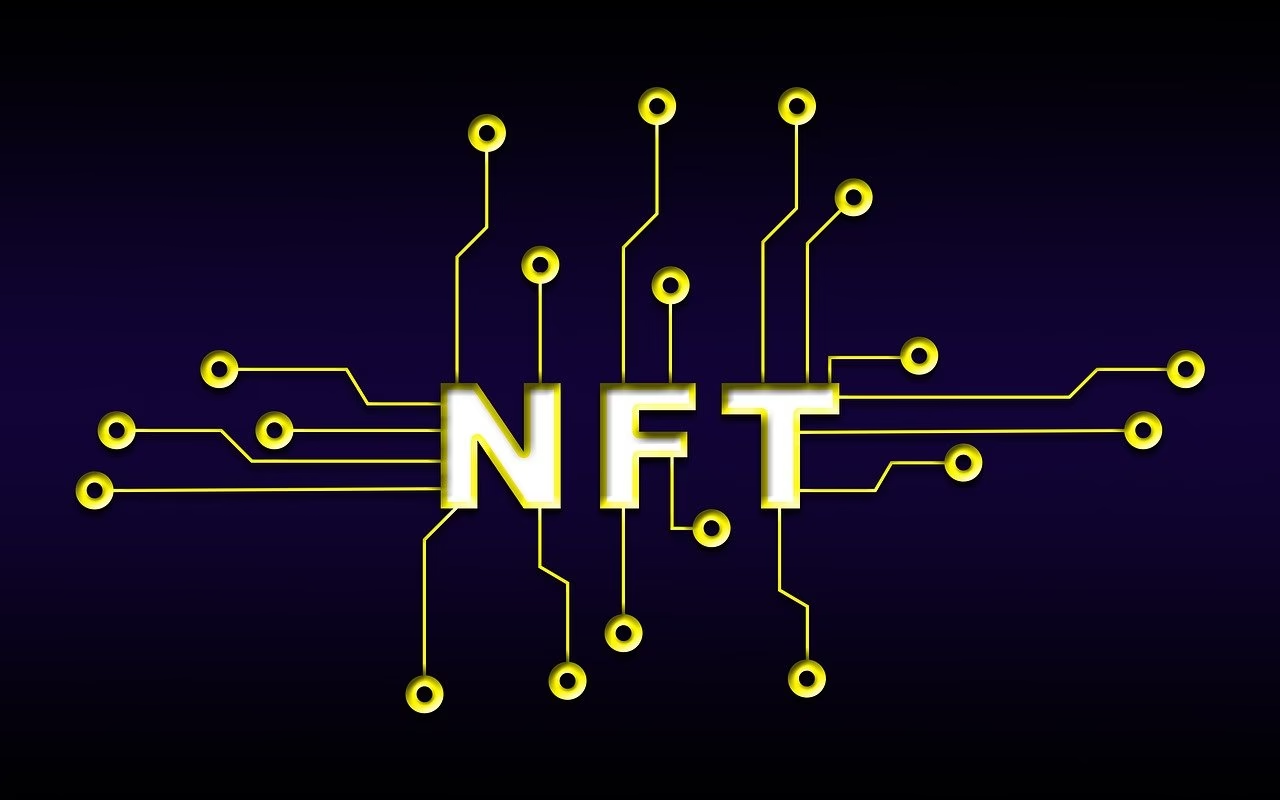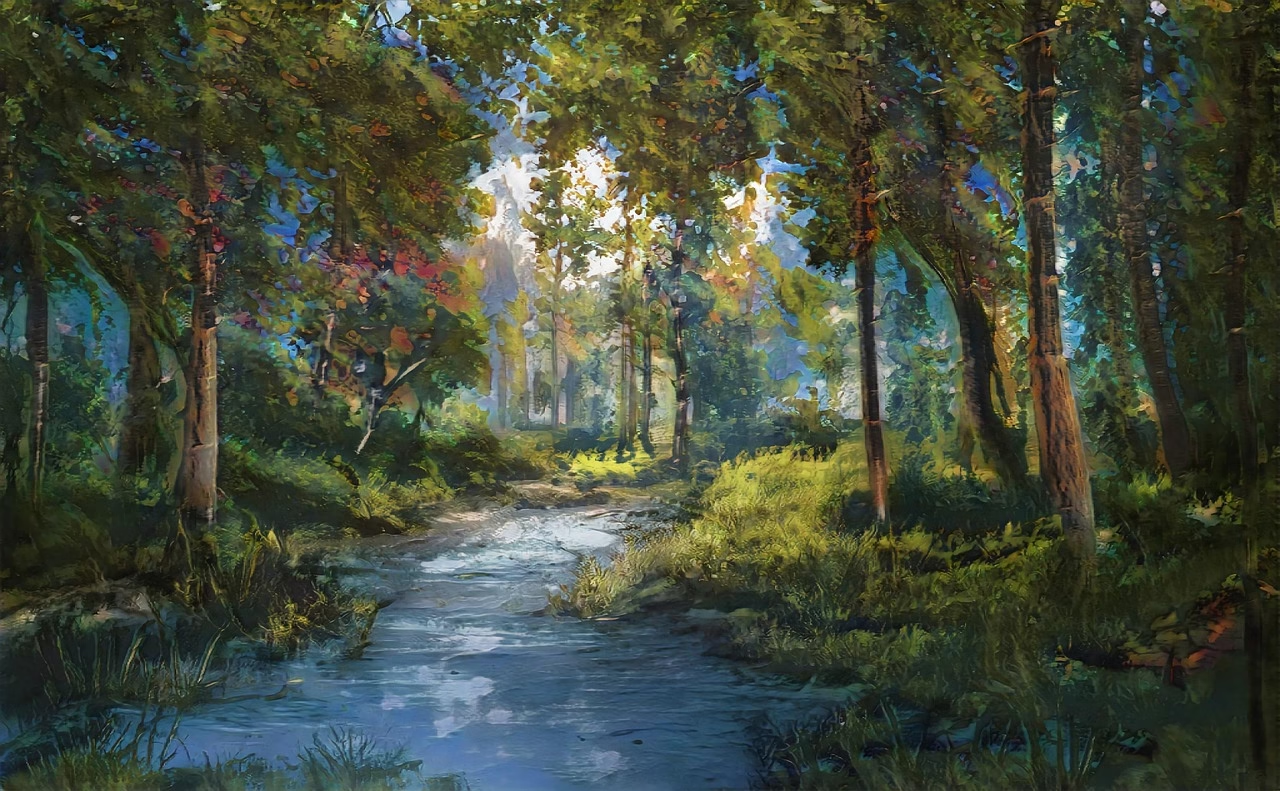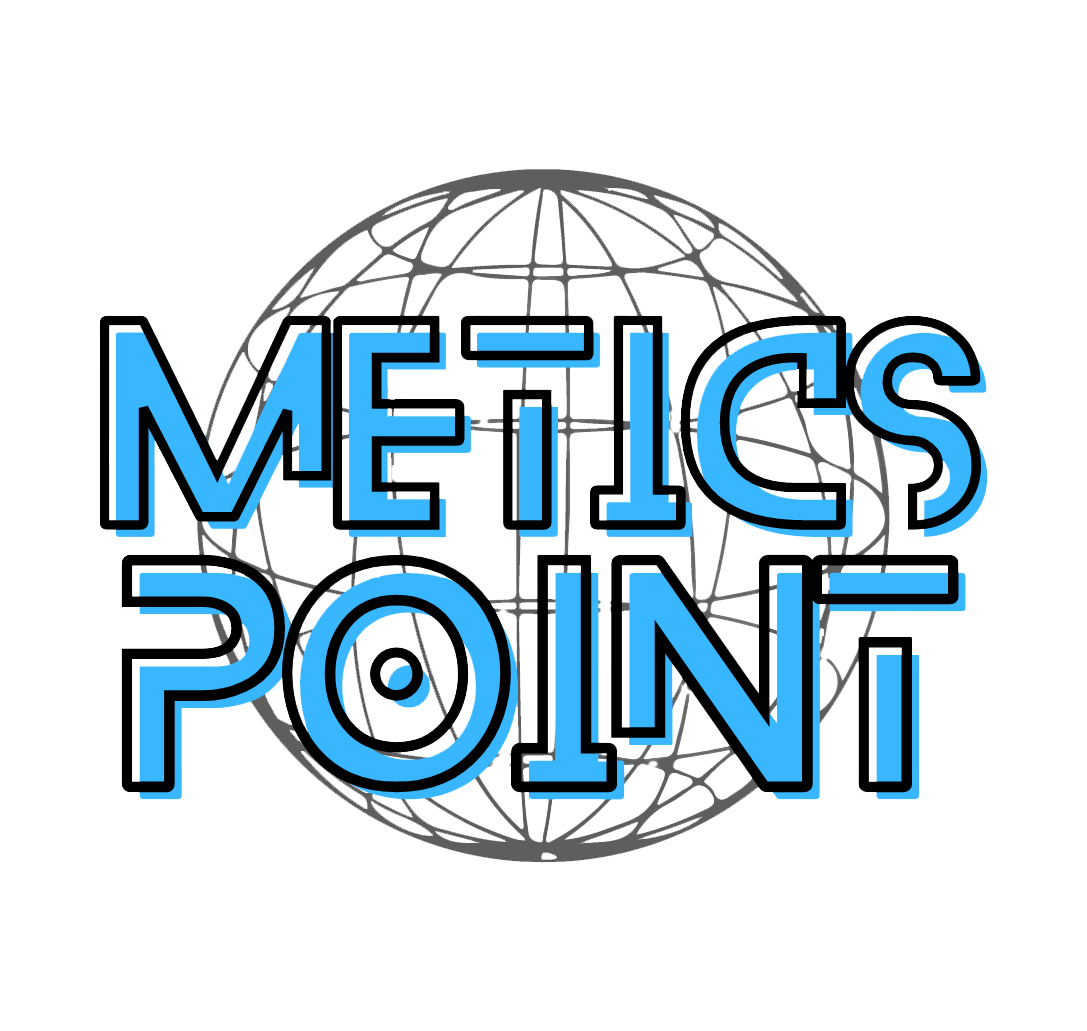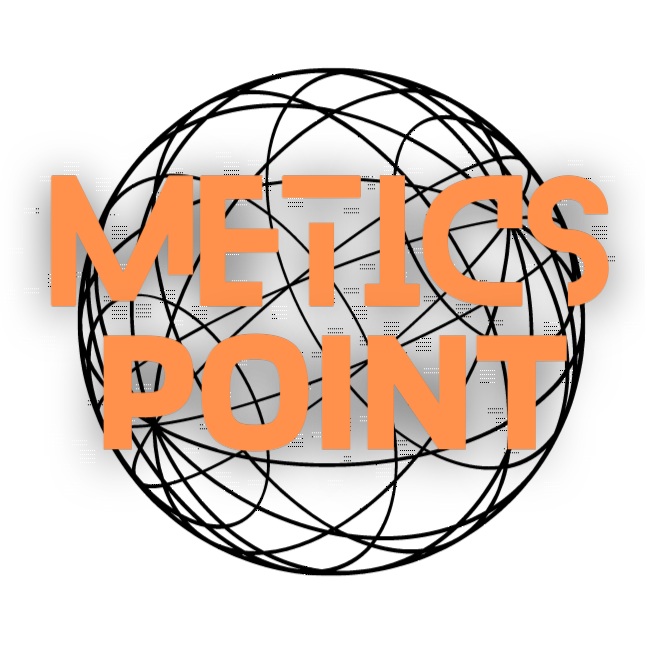Prospects and Future Value of NFT Art Collections: Have you ever wondered about the value and future prospects of owning an NFT art collection? As a continually evolving digital phenomenon, NFTs (Non-Fungible Tokens) have sparked both curiosity and skepticism in the art world. These digital assets symbolize ownership of unique pieces and have transformed how collectors view and trade art. As a professional blogger who writes extensively on collecting and hobbies, it’s my aim to provide a comprehensive exploration of this intriguing topic, digging into the past, present, and future landscape of NFT art collections.

Table of Contents
Understanding NFT Art Collections
NFTs embody the fusion of technology and art, forever changing the fabric of the contemporary art market. But what precisely is an NFT? It is a unique cryptographic token that represents something specific, be it a digital work of art, a virtual collectible, or even a sound recording. Unlike cryptocurrencies such as Bitcoin or Ethereum, NFTs are not interchangeable, giving each token distinct value.
Why NFTs Matter in the Art World
NFTs represent a dynamic shift in owning and trading art. They deliver a digital certificate of authenticity for artworks, making it impossible to counterfeit and enabling artists to monetize their creations directly. This transformation democratizes access to art, empowering emerging artists who were previously marginalized by traditional art market structures.
Historical Context: The Genesis of NFTs
The concept of digital ownership is not new, but the technological revolution that led to the creation of NFTs represents a significant milestone. The origins trace back to projects like Colored Coins and CryptoPunks, which paved the way for modern NFTs. Since their mainstream inception in 2017, NFT trading has surged, culminating in groundbreaking sales like Beeple’s “Everydays: The First 5000 Days,” sold for a staggering $69 million in 2021.
Brief Insights into Blockchain Technology
The foundation of NFT technology is rooted in blockchain, a decentralized digital ledger. This technology is vital as it ensures the authenticity and provenance of NFTs. By recording every transaction chronologically and publicly, blockchain provides a level of transparency and security that has revolutionized digital transactions.
The Art Market’s Evolution: A New Frontier
NFTs have propelled the art market into a new digital age. By examining this evolution, we can better understand potential future prospects.
Redefining Ownership and Provenance
Traditional art markets often struggle with provenance issues; NFTs offer a digital trail that charts the history of a piece, its origin, and every transaction across its lifespan. This transparency ensures that ownership is not just recorded, but indisputable.
The Role of Smart Contracts in NFT Transactions
Smart contracts, self-executing agreements coded within blockchain technology, are another facet of NFT’s transformative potential. They automate the execution of contracts when predefined conditions are met, ensuring artists receive royalties on secondary sales, thus retaining long-term financial benefits.
Democratizing Art Investment
In the traditional art world, significant capital and connections are typically prerequisites for meaningful investment. NFTs democratize this process by allowing fractional ownership, enabling enthusiasts and small investors to partake in the art market. By tokenizing an art piece, it becomes feasible for multiple collectors to own a fraction, increasing liquidity and accessibility.

The Current State of NFT Art Collections
The current landscape of NFT art is diverse and technologically complex. It holds promise but also challenges for prospective collectors.
Prominent NFT Marketplaces
Marketplaces like OpenSea, Rarible, and Foundation have become pivotal in facilitating NFT transactions. These platforms not only provide a marketplace but also a creative outlet for artists, with some featuring curated drops and community-centric models.
Renowned NFT Artists
The NFT space has given rise to acclaimed digital artists like Beeple, Pak, and Fewocious. Their innovative approaches and story-driven art have enriched the cultural landscape and challenged preconceived notions about what art can be.
Analyzing Market Trends
NFT prices have seen volatility—their surge and subsequent fluctuation were driven partly by speculation. However, a nuanced understanding of these trends reveals that there are emerging signposts of maturity, signifying stability and increased integration within the broader art and financial ecosystems.
Assessing the Value of NFT Art Collections
Determining the value of NFT art is inherently complex, steered by factors beyond mere aesthetics.
Factors Influencing NFT Value
NFTs derive value from multiple facets: rarity, artist reputation, historical significance, and the narrative encompassed within the art. The scarcity factor parallels traditional art, where limited editions or single works garner higher interest and investment.
Examining Pricing Models
NFT pricing can adhere to traditional auction models, fixed pricing, or dynamic pricing strategies that capitalize on varying market demand conditions—each has its set of benefits and implications.
ROI and Long-term Investment Perspective
Whilst NFTs have quickly gained notoriety for significant price appreciations, it is imperative for collectors to undertake due diligence, focusing on the utility and innovation behind a token, rather than purely speculative motives. Engaging with NFTs from an informed investment perspective can yield substantial long-term benefits.

The Future Value and Prospects of NFT Art Collections
The road ahead for NFT art collections is as fascinating as it is unpredictable. As the market matures, we anticipate further integration of innovative technologies and deeper artistic explorations.
Technological Innovations on the Horizon
Augmented reality (AR) and virtual reality (VR) are reshaping how NFTs are experienced and displayed, enabling immersive interactions that extend the boundary of physical spaces. Innovations in interoperability between different blockchain networks also hold promise for broadening NFT applications.
Environmental and Ethical Considerations
Despite NFTs’ strides, environmental concerns remain a significant challenge. Cryptocurrency mining and blockchain operations consume energy, prompting calls for enhanced sustainability and ethical practices across the industry. As technologies advance, solutions like proof-of-stake protocols are becoming crucial in mitigating environmental impacts.
Integration with Traditional Art Markets
NFTs are increasingly intersecting with traditional art institutions and galleries, leading to hybrid exhibitions and auctions. This integration creates new opportunities for collaboration and innovative presentation of art.
The Role of Regulation
As with any burgeoning market, regulatory frameworks are evolving to sustain healthy growth and protect investors. Transparent regulations may foster market trust, encourage participation, and prevent fraudulent activities.
In Summary: Navigating the NFT Landscape
NFT art collections, poised at the crossroads of art, technology, and investment, offer novel possibilities. As a collector or enthusiast, embracing the complexities and technological advancements in NFT art can open a vibrant frontier of opportunities and challenges. By staying informed and critically engaging with the market, you can be part of shaping the continuing narrative of digital art and its integration into the broader cultural milieu.

Digital Art and NFT Investment: Navigating the New Art Economy

